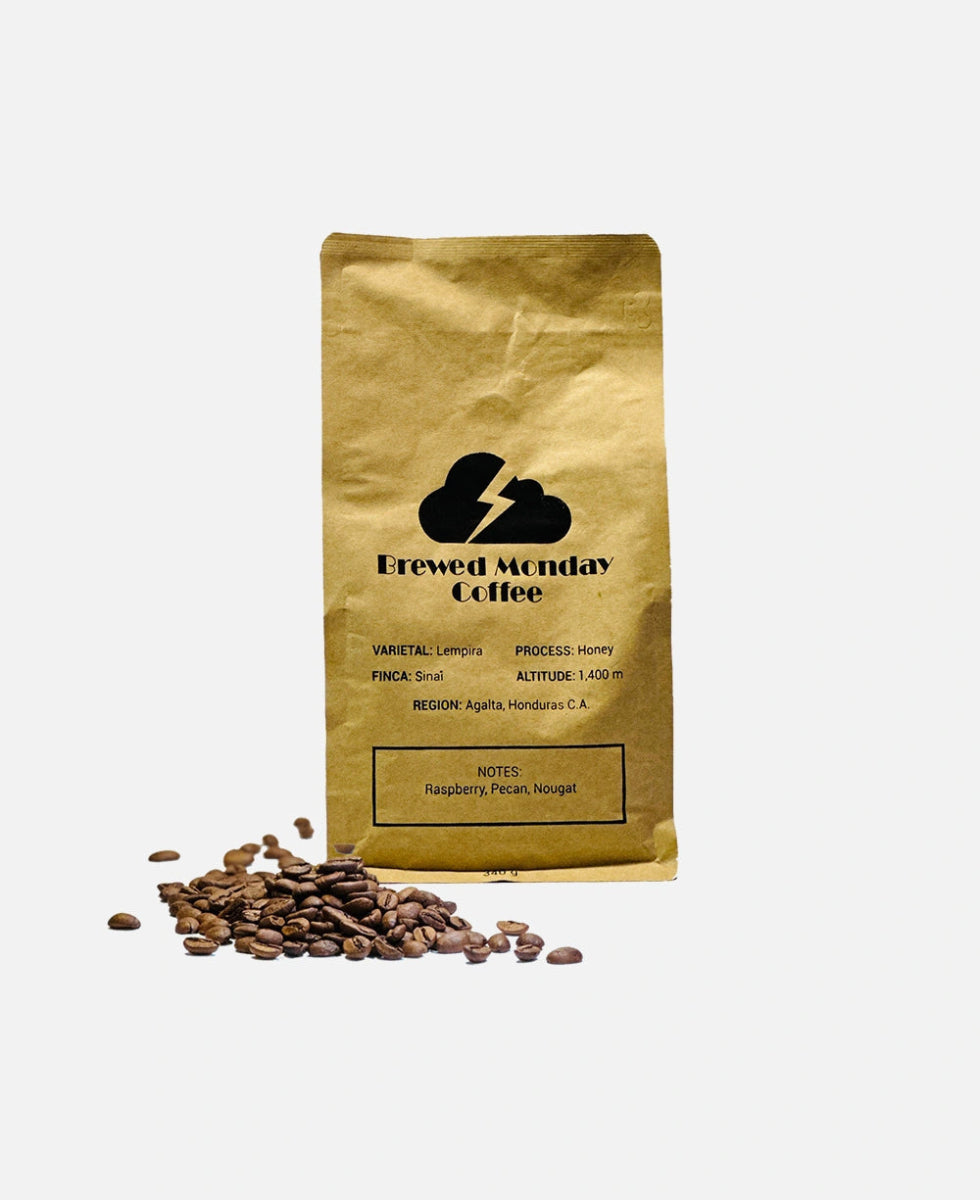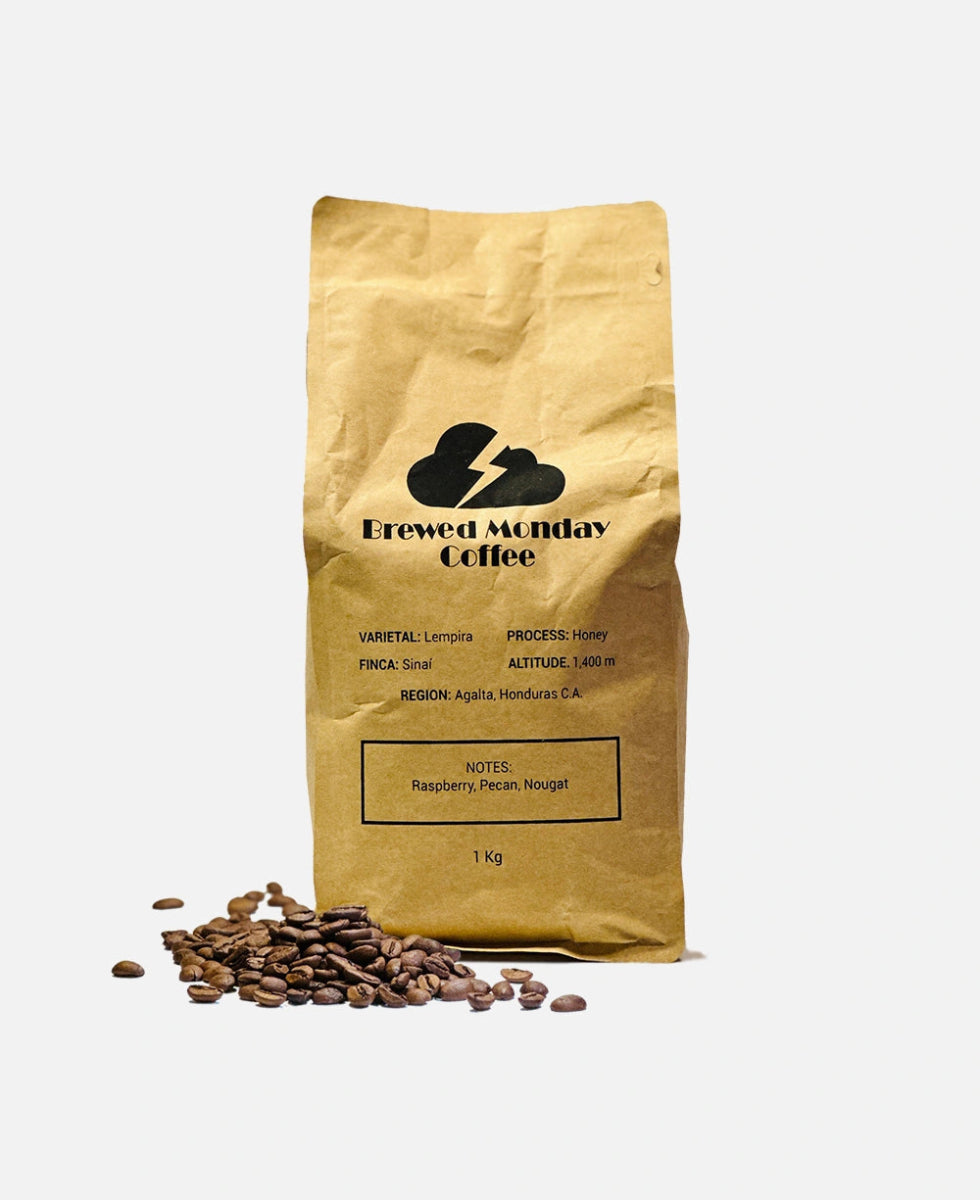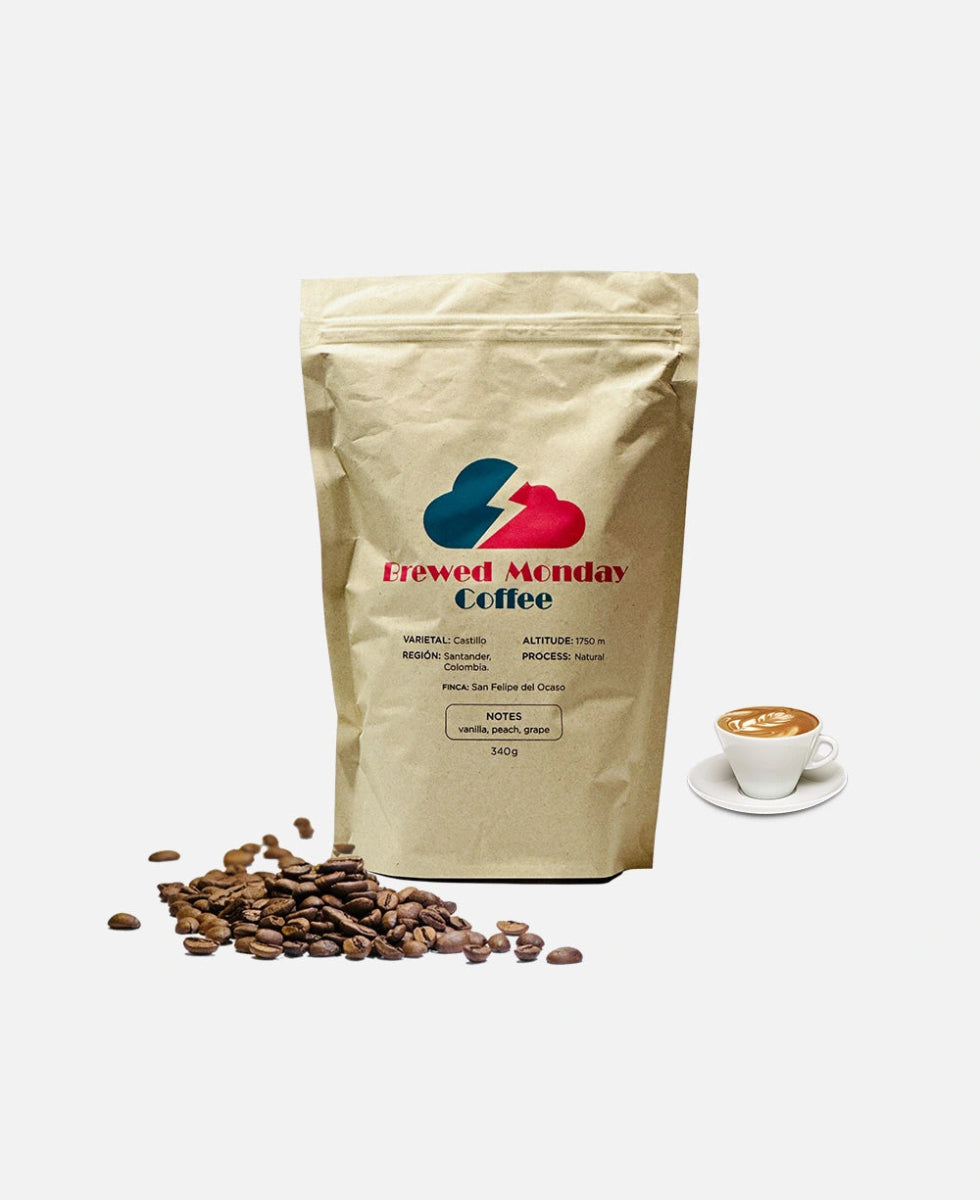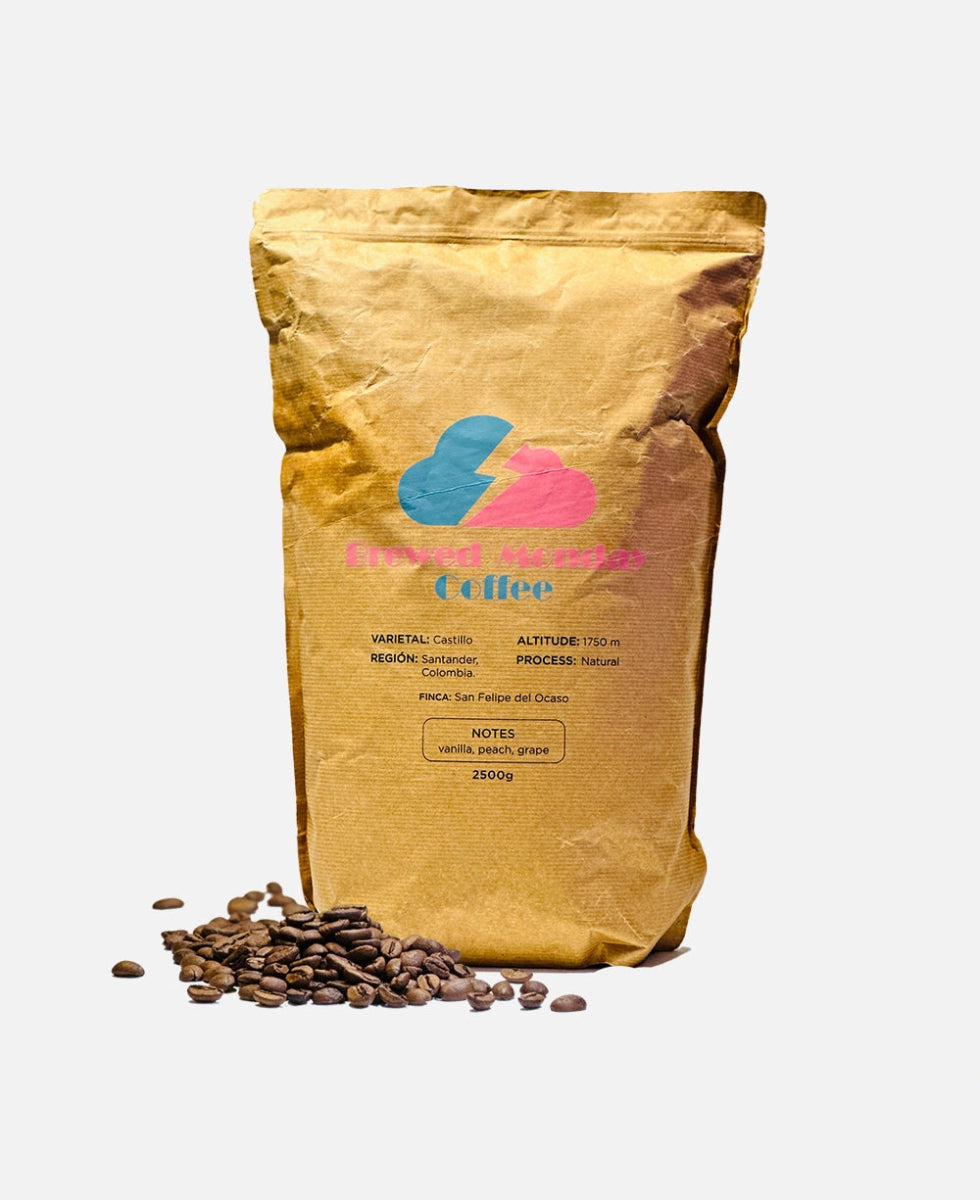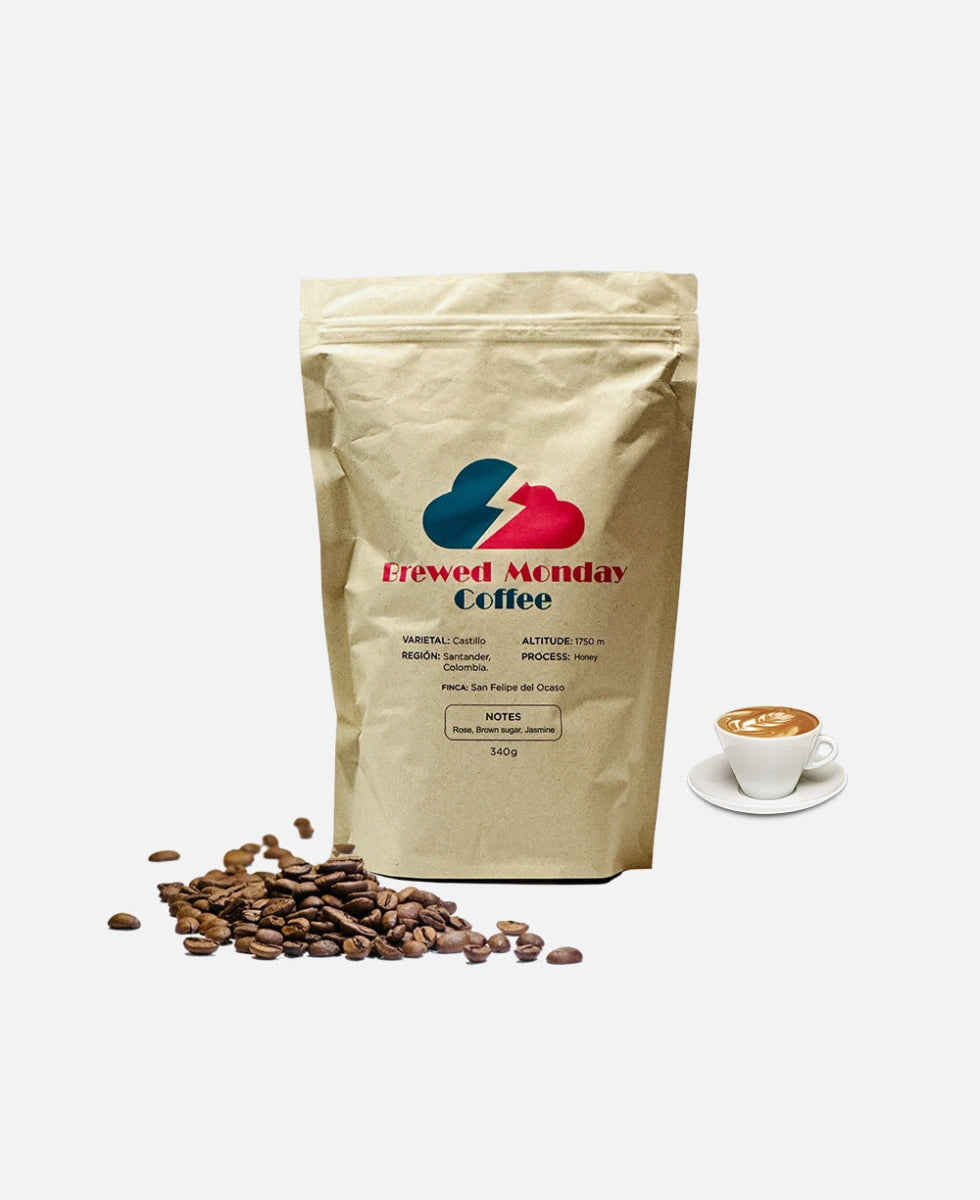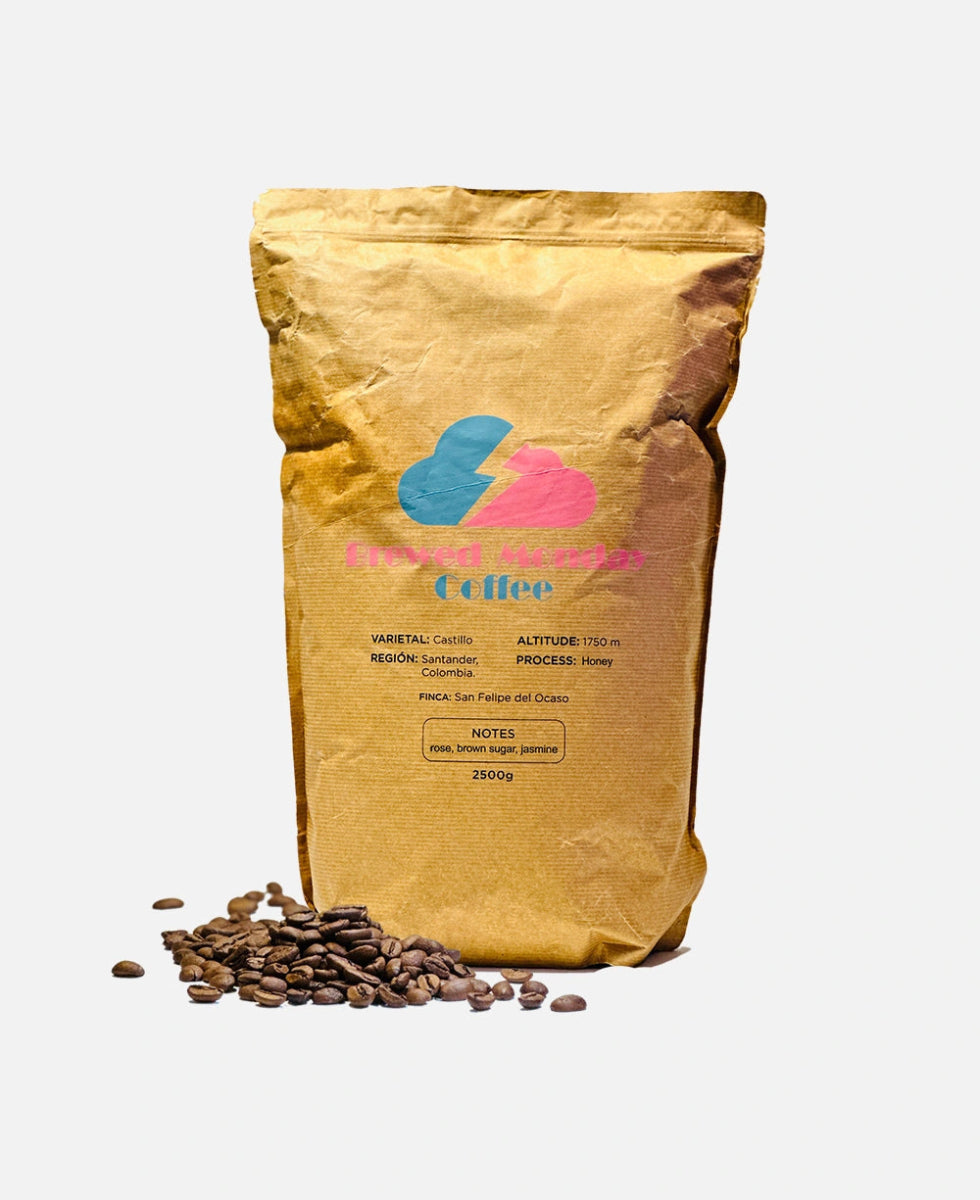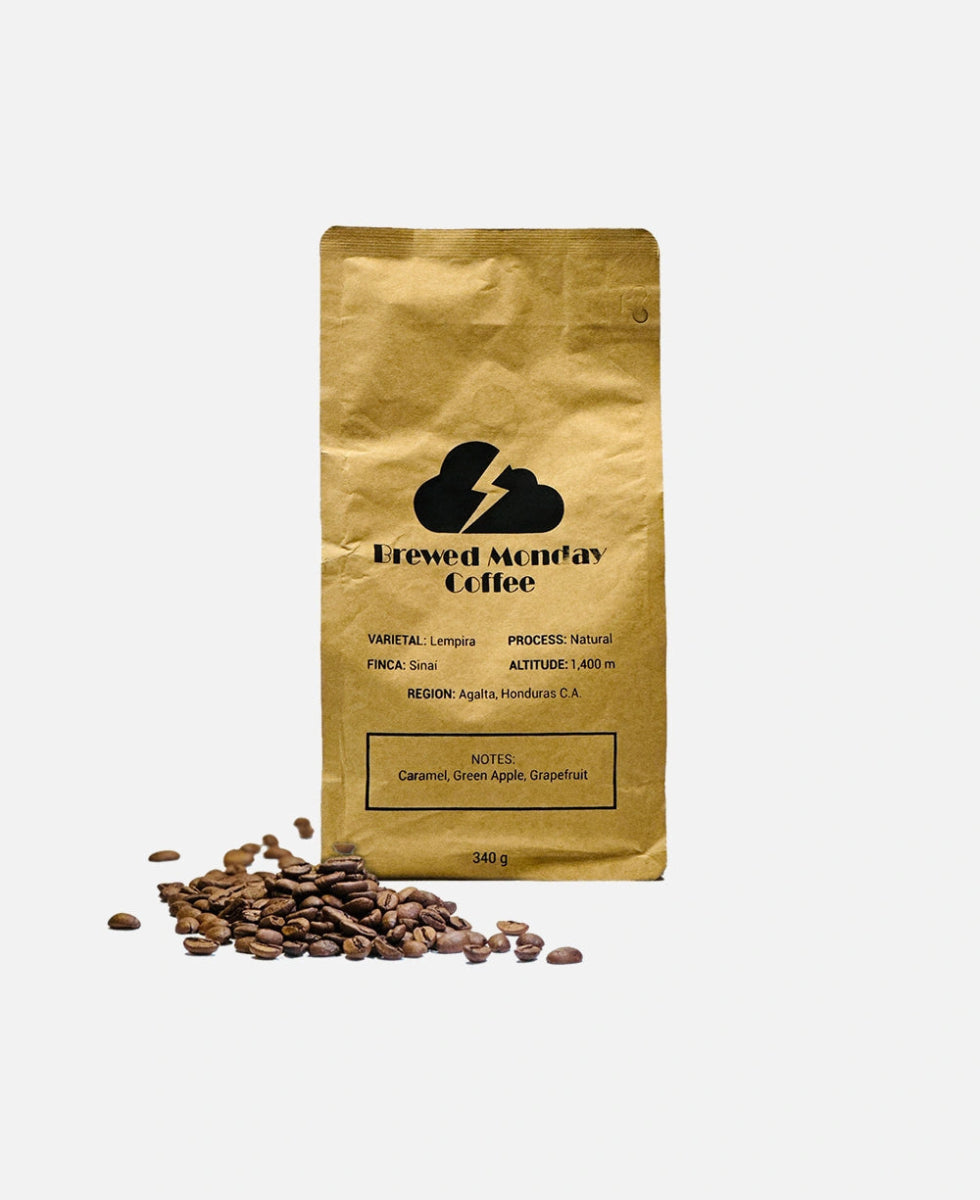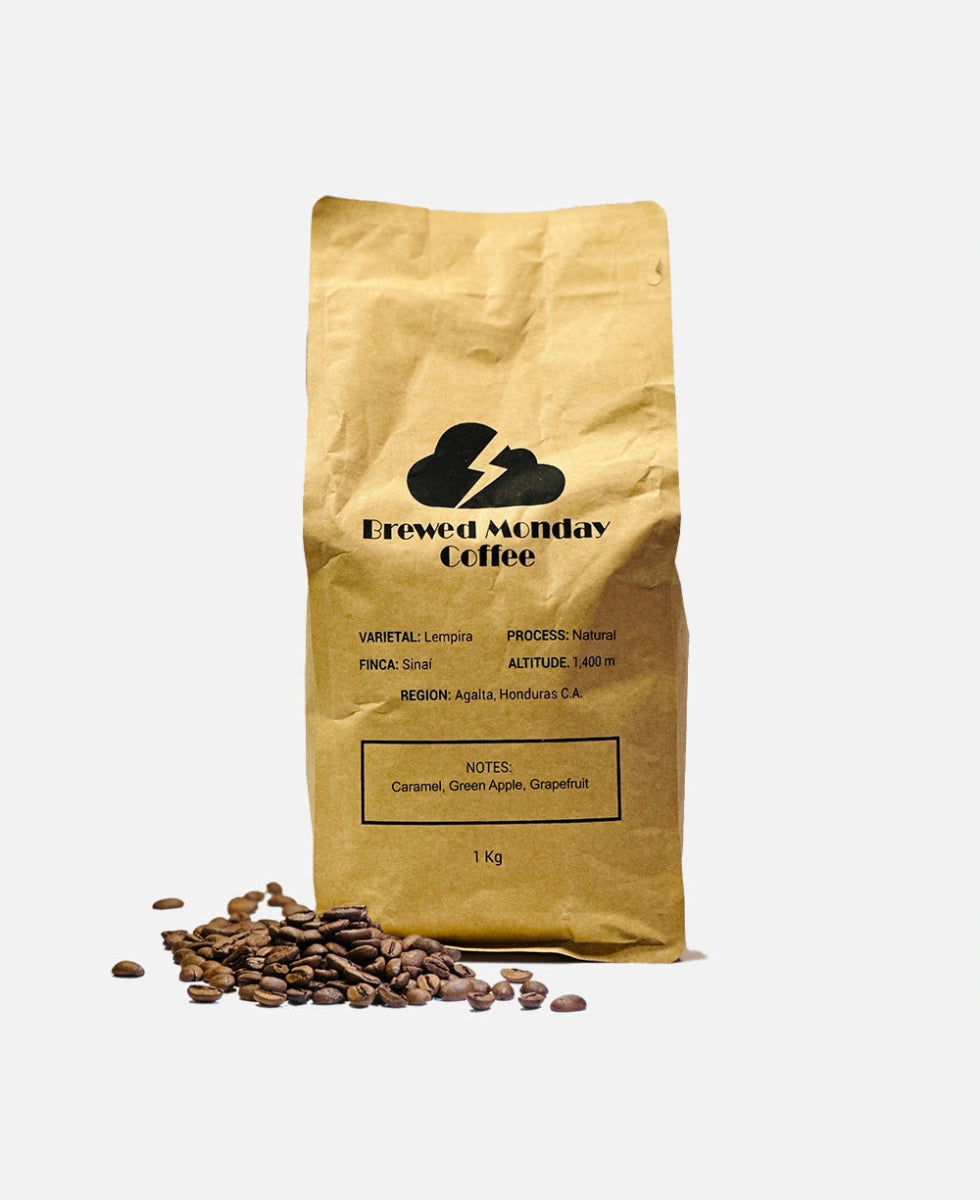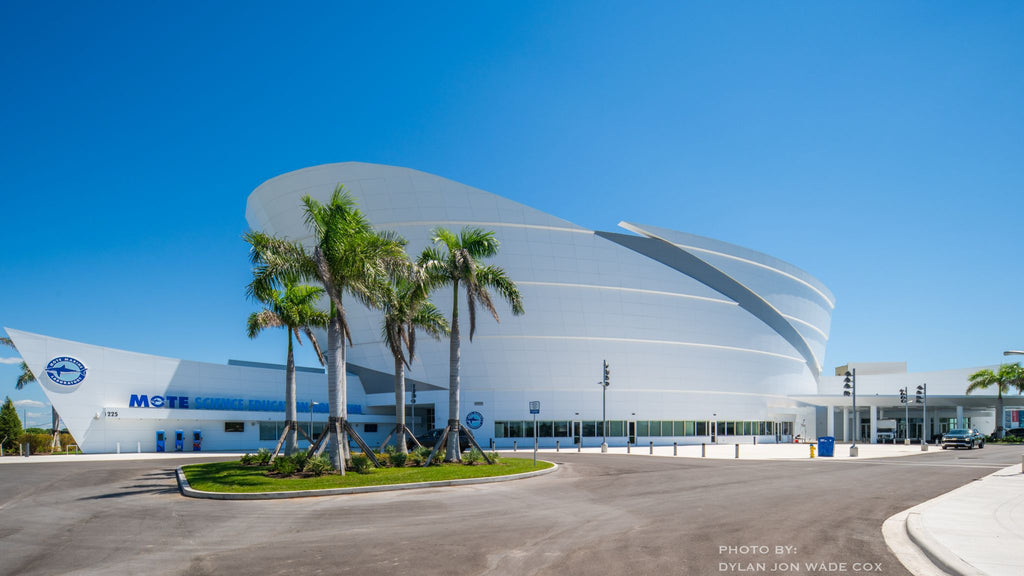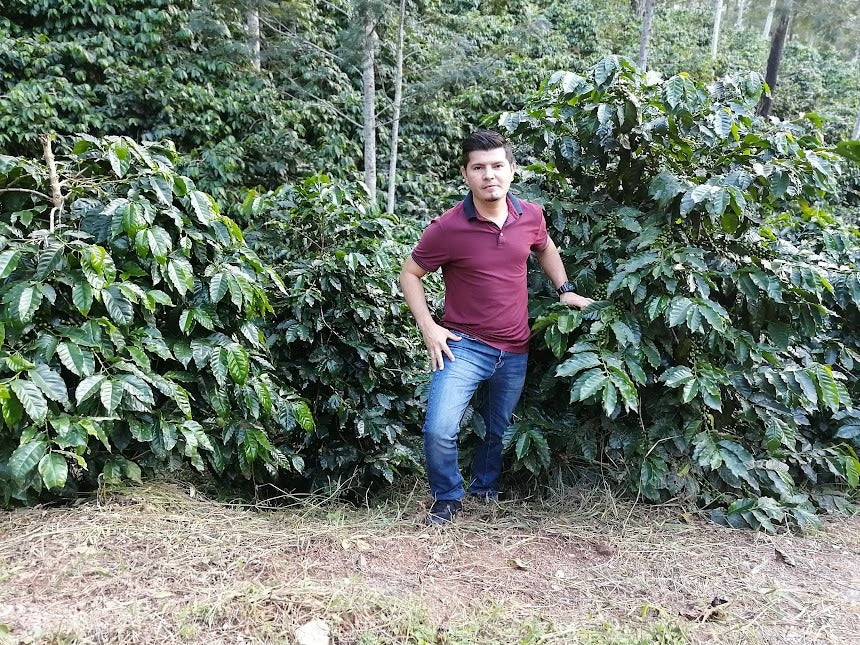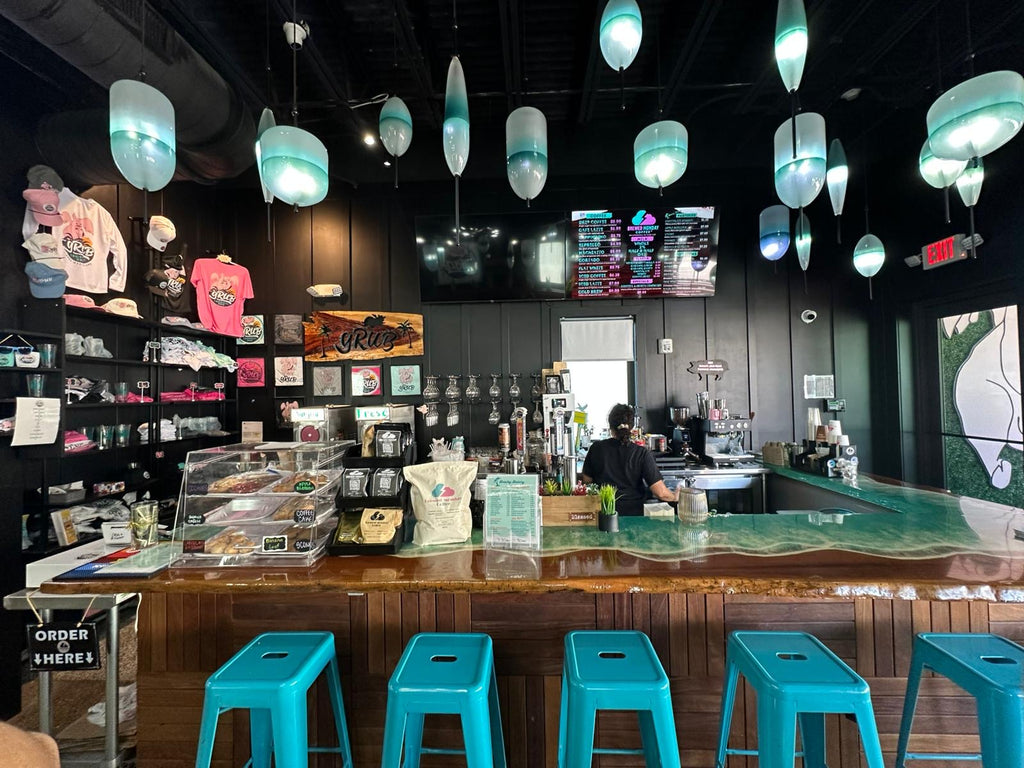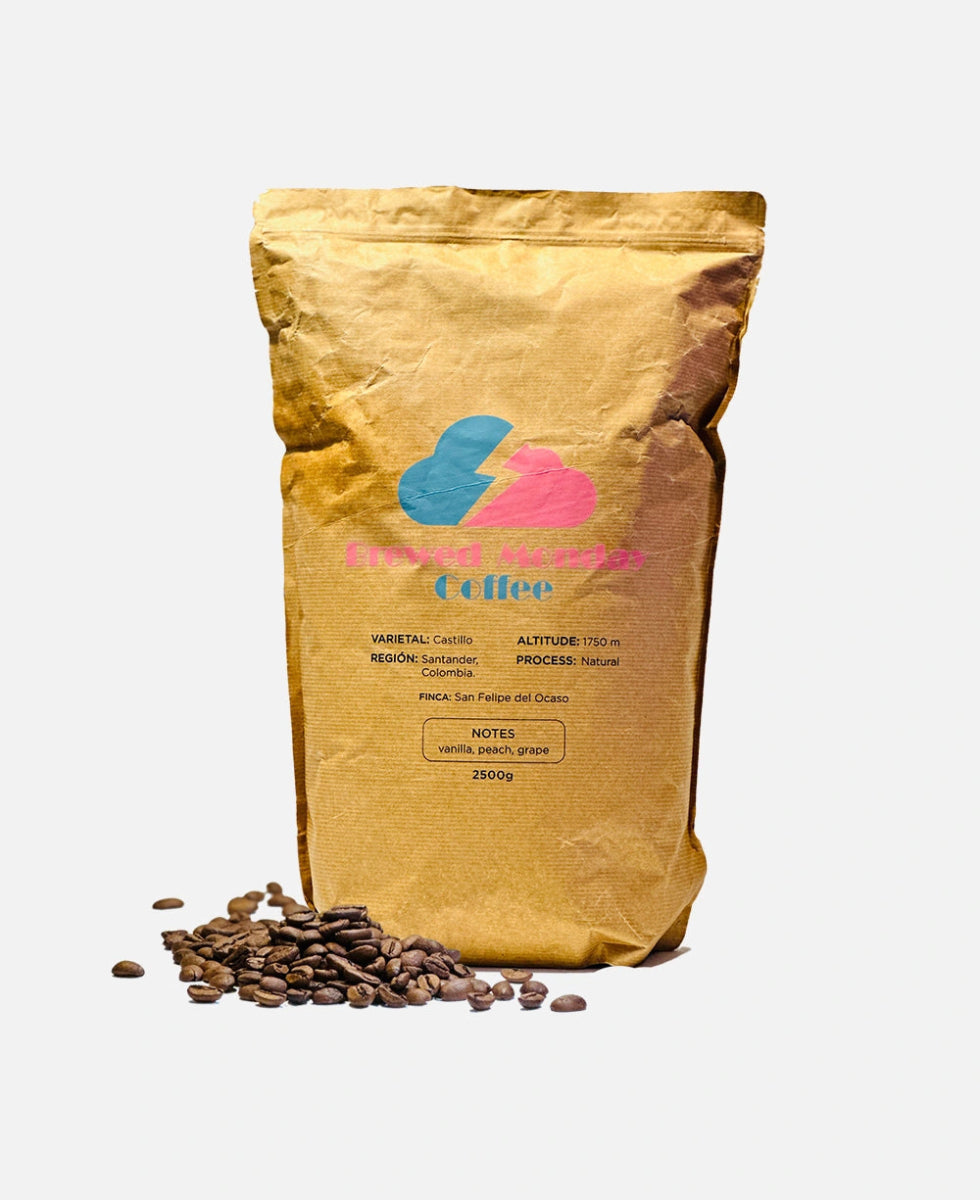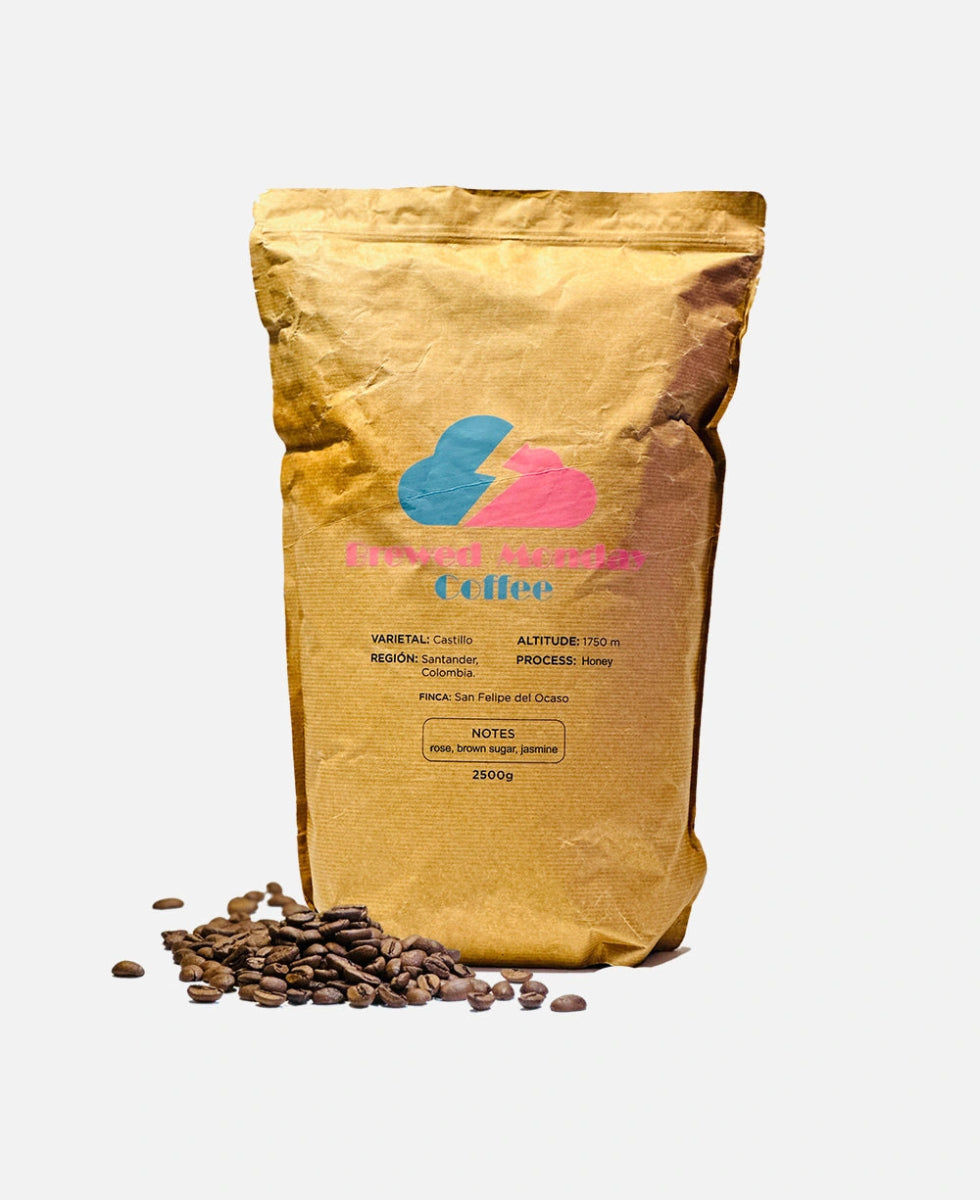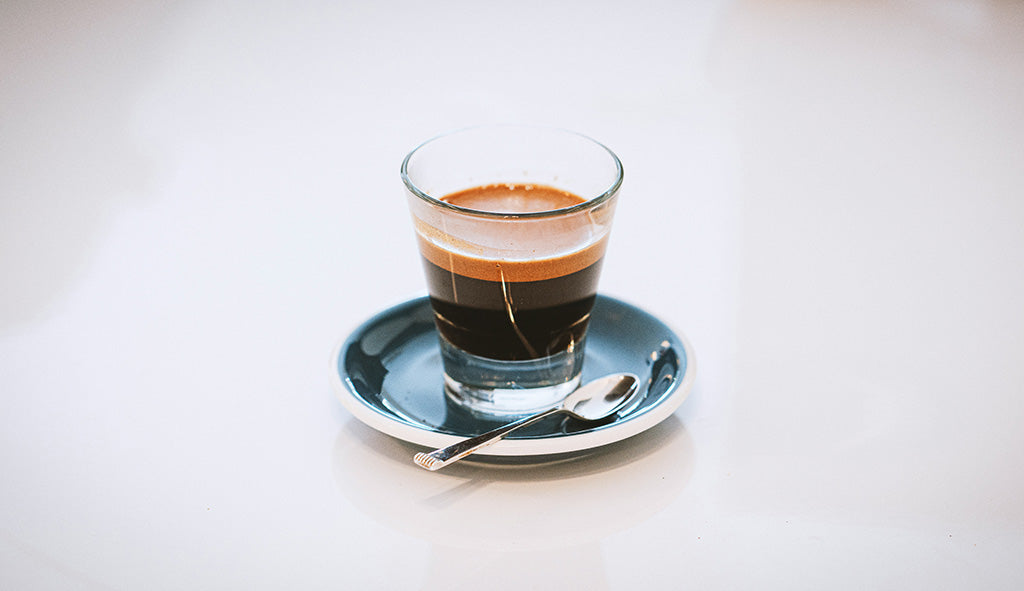
Demystifying Espresso Beans: A Comprehensive Guide to the Perfect Shot of Java

Imagine the invigorating aroma of freshly brewed espresso wafting through the air, tantalizing your senses with its deep, rich fragrance. Whether you're a seasoned barista or an aspiring home brewer, this comprehensive guide to demystifying espresso beans will take you on a flavorful journey to the perfect shot of Java. With a focus on quality, techniques, and nuances, we'll explore the world of espresso beans and unravel the secrets behind a truly exceptional cup of coffee.
In this article, we'll delve into the origins of espresso, the various types of beans used, and the factors that contribute to a superior shot of espresso. From understanding the different roast levels to exploring the nuances of flavor profiles, you'll gain the knowledge and confidence to choose the right beans and make the perfect espresso at home or in your café.
So, join us as we uncover the mysteries of espresso beans and embark on a quest for the ultimate coffee experience. Get ready to sip your way to pure coffee bliss!
The Difference Between Espresso Beans and Regular Coffee Beans
When it comes to espresso, the beans used are significantly different from the ones used in regular coffee. While both types of beans come from the same plant, Coffea Arabica or Coffea Robusta, espresso beans are selected and roasted specifically for the brewing method.
Espresso beans are typically roasted darker than regular coffee beans. This darker roast ensures that the beans have a more pronounced flavor and produce the characteristic crema, a creamy layer that sits atop the espresso shot. The darker roast also helps in extracting the oils and sugars present in the beans, resulting in a fuller-bodied and bolder cup of coffee.
Additionally, espresso beans are often blended using a combination of different coffee beans from various regions. This blending process allows roasters to create a unique flavor profile that is well-balanced and harmonious. On the other hand, regular coffee beans are often single-origin, highlighting the distinct characteristics of a specific region or farm.
Understanding the difference between espresso beans and regular coffee beans is crucial in achieving the desired flavor and texture in your espresso shot. By using the right beans, you can elevate your coffee experience to a whole new level.
The Origins of Espresso Beans
To truly appreciate espresso beans, it's essential to explore their origins. Coffee cultivation dates back to the 15th century, and it was in the 17th century that the first coffeehouses emerged in Europe. However, it wasn't until the early 20th century that espresso as we know it today was born.
Italy is often credited as the birthplace of espresso. In the early 1900s, espresso machines were developed that allowed for the quick extraction of coffee under high pressure. This revolutionary brewing method resulted in a concentrated and intense shot of coffee, which soon became popular among Italians.
The demand for espresso led to an increased focus on sourcing and roasting beans specifically for this brewing method. Today, espresso beans are sourced from various regions around the world, including Latin America, Africa, and Asia. Each region offers distinct flavor profiles, influenced by factors such as climate, soil, and altitude.
Whether it's the fruity and floral notes of Ethiopian beans or the chocolatey and nutty flavors of Brazilian beans, the origins of espresso beans play a significant role in determining the taste and aroma of your espresso shot.
The Characteristics of High-Quality Espresso Beans
When it comes to espresso, the quality of the beans is paramount. High-quality espresso beans possess certain characteristics that set them apart from their counterparts.
First and foremost, high-quality espresso beans are consistently roasted to perfection. Roasting is a delicate process that requires precision to bring out the desired flavors and aromas. Whether it's a light roast with bright acidity or a dark roast with rich caramel notes, the beans should exhibit a consistent roast level throughout the batch.
Furthermore, high-quality espresso beans are free from defects. This means that they are free from any physical imperfections, such as black spots or broken beans. Defects can negatively impact the flavor and quality of the espresso shot, so it's crucial to choose beans that have been carefully sorted and inspected.
Another characteristic of high-quality espresso beans is their freshness. Freshly roasted beans retain their flavors and aromas for a limited period. Therefore, it's important to choose beans that have been recently roasted and are within their optimal freshness window.
Lastly, high-quality espresso beans offer a complex flavor profile. They should have a well-balanced combination of acidity, sweetness, and bitterness. Additionally, they may exhibit specific flavor notes, such as floral, fruity, or chocolatey undertones. These flavor profiles add depth and complexity to your espresso shot, making it a truly enjoyable experience.
How to Choose the Right Espresso Beans for Your Taste Preferences
Choosing the right espresso beans can be a daunting task, given the wide variety of options available. However, understanding your taste preferences can help narrow down your choices and make the selection process easier.
If you prefer a lighter and more delicate espresso shot, opt for beans with a lighter roast. Lighter roasts tend to have higher acidity and a brighter, more nuanced flavor profile. They are often favored by those who enjoy the fruity and floral notes found in Ethiopian or Kenyan beans.
On the other hand, if you prefer a stronger and bolder espresso shot, go for beans with a darker roast. Darker roasts have a lower acidity and a more pronounced bitterness. They are often associated with chocolatey and nutty flavors and are commonly used in Italian-style espresso blends.
For those who enjoy a well-balanced cup of espresso, medium roasts are the way to go. Medium roasts offer a good balance between acidity and bitterness, with flavors that are neither too overwhelming nor too subtle. They are versatile and suitable for a wide range of taste preferences.
Experimenting with different roast levels and flavor profiles is key to finding the perfect espresso beans for your taste preferences. Don't be afraid to try new things and discover exciting flavors along the way.
The Importance of Freshness in Espresso Beans
Freshness is a crucial factor when it comes to espresso beans. As mentioned earlier, freshly roasted beans retain their flavors and aromas for a limited period. Therefore, it's important to use beans that are within their optimal freshness window to ensure the best possible cup of espresso.
When beans are roasted, they release carbon dioxide gas. This gas is trapped within the beans and needs time to escape before brewing. This process is known as degassing, and it usually takes a few days to a week for the beans to degas completely. Using beans that are too fresh can result in an uneven extraction and a less flavorful shot of espresso.
In addition to degassing, coffee beans are also susceptible to oxidation. Exposure to air can cause the beans to lose their flavors and become stale. To maximize freshness, it's recommended to store your espresso beans in an airtight container away from light, heat, and moisture. This will help preserve the flavors and ensure that your beans stay fresh for longer.
By prioritizing freshness, you can enjoy a more vibrant and flavorful cup of espresso every time you brew.
The Role of Grind Size in Brewing the Perfect Espresso Shot
Grind size plays a crucial role in brewing the perfect shot of espresso. The grind size determines the rate at which water extracts the flavors and aromas from the coffee grounds. For espresso, a fine and consistent grind size is essential to achieve optimal extraction.
If the grind size is too fine, the water will struggle to pass through the coffee grounds, resulting in a slow extraction and an over-extracted, bitter shot. On the other hand, if the grind size is too coarse, the water will pass through the grounds too quickly, leading to an under-extracted, weak shot.
To find the right grind size for your espresso, it's recommended to invest in a high-quality burr grinder. Burr grinders offer precise control over the grind size and produce a consistent grind, which is crucial for espresso brewing. Experiment with different grind sizes to find the sweet spot that allows for a balanced extraction and a flavorful shot of espresso.
Storing and Preserving Espresso Beans for Maximum Freshness
To ensure maximum freshness and flavor in your espresso beans, proper storage is essential. Exposure to air, light, heat, and moisture can all degrade the quality of the beans and result in a less flavorful cup of espresso.
To store your espresso beans, it's recommended to use an airtight container made of glass or ceramic. Avoid storing them in plastic containers, as plastic can impart unwanted flavors and aromas. Additionally, make sure to keep the container in a cool, dark place, away from direct sunlight and heat sources.
It's also important to note that espresso beans should be stored as whole beans and only ground right before brewing. Grinding the beans exposes more surface area to air, accelerating the oxidation process and reducing the freshness of the coffee. By grinding the beans just before brewing, you can ensure that the flavors and aromas are preserved for a more enjoyable espresso experience.
By following these storage guidelines, you can extend the shelf life of your espresso beans and savor their flavors and aromas for longer.
Brewing Techniques for the Perfect Shot of Espresso
Now that you have selected the right espresso beans, it's time to explore the brewing techniques that will help you achieve the perfect shot of espresso. While there are various espresso machines available on the market, the basic principles of brewing remain the same.
First, start by preheating your espresso machine and portafilter. This step ensures that the water temperature remains consistent throughout the brewing process, resulting in a more balanced extraction.
Next, dose your coffee grounds into the portafilter. The ideal dose will depend on your personal taste preferences and the size of your portafilter. Aim for a dose that allows for an even distribution of coffee grounds and a slight resistance when tamping.
After dosing, level the coffee grounds in the portafilter using a distribution tool or your finger. This step helps in achieving an even extraction and preventing channeling, which can result in an uneven shot.
Once the coffee grounds are properly leveled, it's time to tamp. Apply firm and even pressure to the coffee grounds using a tamper. The goal is to create a flat and uniform surface that allows for an even water flow during extraction.
Finally, attach the portafilter to the espresso machine and start the brewing process. The ideal extraction time will vary depending on factors such as grind size, dose, and machine pressure. Aim for a total extraction time of around 25-30 seconds, with the first few drops appearing within 5-8 seconds.
By following these brewing techniques, you can achieve a well-balanced and flavorful shot of espresso that highlights the unique characteristics of your chosen beans.
Conclusion: Enjoying the Perfect Cup of Espresso at Home
In conclusion, espresso beans are the foundation of a truly exceptional cup of coffee. By understanding the difference between espresso beans and regular coffee beans, exploring their origins, and considering the characteristics of high-quality beans, you can elevate your coffee experience to new heights.
Choosing the right espresso beans for your taste preferences, prioritizing freshness, and using the proper grind size are all crucial steps in brewing the perfect shot of espresso. Additionally, storing and preserving your beans in the right way will help maintain their freshness and maximize their flavors and aromas.
With the right knowledge and techniques, you can enjoy the perfect cup of espresso at home or in your café. So, go ahead and embark on your coffee journey, exploring the world of espresso beans and savoring the rich, complex flavors they have to offer. Cheers to the perfect shot of Java!

